Today we are going to talk about Lumion VS Twinmotion, two of the most popular rendering software in the market today, they both have great tools and features that we are going to talk about and compare.
Lumion

Lumion is a Popular rendering software; it is designed for rendering images, panoramic pictures, and animations. The software improved a lot and every new version is better than the previous one with a lot of new features to make the job much easier.
https://lumion.com/product.html
Twinmotion
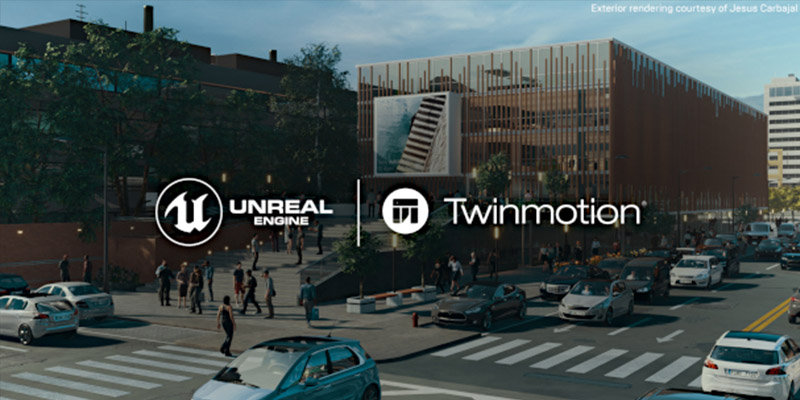
Twinmotion is also designed for image rendering, panoramic images, and videos as well. This software has the ability to generate high-quality results in addition to Virtual reality and its real-time rendering features. It also can be used to collaborate with a lot of BIM and CAD modeling software.
https://www.unrealengine.com/en-US/get-now/twinmotion
Creating & Populating Scenes & Environments
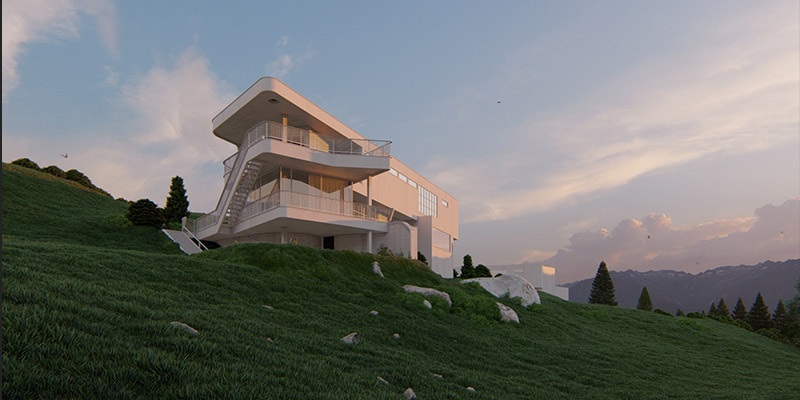
Lumion is not a modeling software because you have to model assets in different software and import them or use the library of assets. Lumion has many different assets, it offers a wide variety of trees, humans characters, animals, props, lighting, and furniture.
Users can change the proportion of the component, its direction, colors but it can’t change anything about the component. It is also possible to set them one by one or use the group option to set a group of the same component at one type, it is a great option to reduce time and efforts.
You can also set up an environment before you start populating the project. different environments exist like simple landscapes, forests, tropical environments, mountains, and suburban environments. These environments are editable and a user can add more mountains, create a lake…etc.
Lumion has a wide range of materials, for the interior and the exterior scenes. A user can apply the materials on the objects and then modify the refraction and the reflection, the color of the material, scale, and texture.
It is also possible to import materials and apply them to the objects.
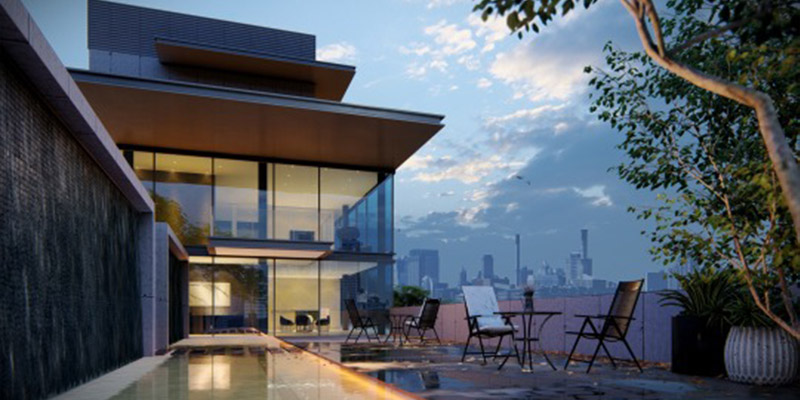
On the other hand, Twinmotion has a lot of great features to help designers and architects in their work. One of these features is the Scenegraph to manage the model and to control objects, it also includes BIM information about the object.
Characters in Twinmotion got much better in the new versions because they are photo scanned characters that show many fine details. the software offers 62 animated characters and 82 posted characters that look realistic with a high level of detail.
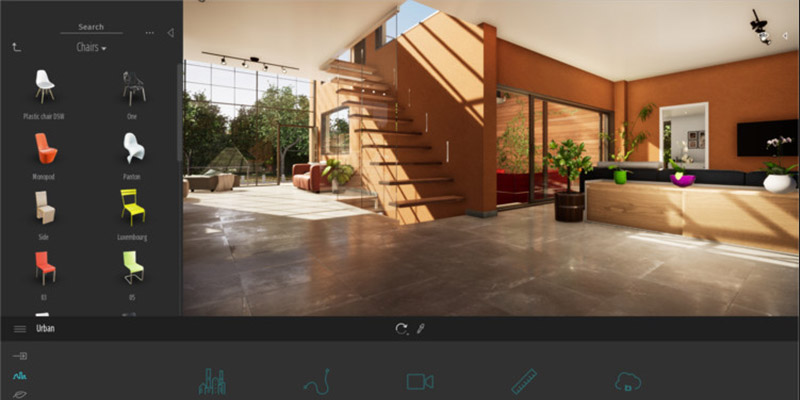
There are also quick and good vegetation tools that save designers time when scattering vegetation which is very helpful in different settings and adds a lot of details especially in the roof and the joint between two tiles. You can also change the visual appearance of fields, and gardens by changing the size of the grass, dryness, and add wind effects to it.
In addition to these options, there is a Project review note that enables users to add notes on top of the objects and insert information relative to that object like dimensions, type of materials, reference, it is a very helpful option for architects and designers when the present the project to the client. a new tool exists in Twinmotion which is the X-ray tool that allows users to apply X-ray effect to an object, by that the object will look transparent it is mostly used with piping and ductwork.
Freedom and Flexibility

Lumion offers a range of settings to use before starting the work; these settings make the workflow smoother and faster. You can activate the high quality for trees, activate the high quality for the automatic preview, add the sound, and the full-screen viewing option. You can also specify the quality and the general resolution and choose the measurement units.
Lumion offers also a lot of setting relative to time, sun direction, the intensity of the clouds; and both skies of the day and the night are realistic when rendering.
Twinmotion also offers a lot of setting to it users, one of the great settings that exist in this software are the ones relative to the vegetation, it is well developed especially in the latest version, where a user can specify the age of the trees and the season, the quality of the trees, the high and the growth of the Grasse. It also has settings so that a user can control brightness, shadows, exposure, and white balance.
Rendering and Animation
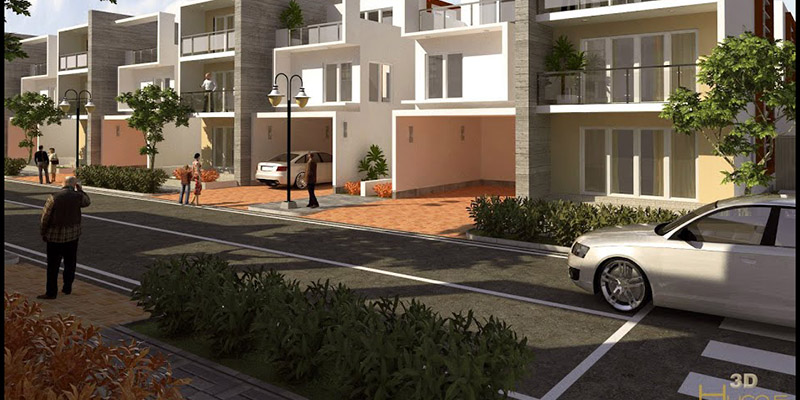
Lumion has a powerful rendering engine, the more resolution you choose, the best results you get. It also offers a bunch of effects to add before rendering, like rain, snow, cloudy day effect, sunset, and so on.
All these effects can be used in exterior scene rendering, but it offers effects for interior rendering as well. As for image resolution, lumion offers different options to choose from such as SD, full HD, impression, and large format.
You can also render one picture at a time or just prepare the entire scenes and render them all at once. Usually, the render doesn’t take a lot of time only a few seconds, but for the animation, it takes a lot longer especially if you use a high resolution and a lot of different scenes.

Twinmotion improved a lot when it comes to the quality of the renders, they added a variety of high-quality vegetation that can bring your scenes to life, and even the smallest details can be visible in the render. The results are so close to reality, a user can control the lighting, the contrast, and all the different settings that the software offers to have better results.
The software also comes with lighting features that include global illumination; it is used to simulate light, the sun, and the sky for more realistic results.
A great option that Twinmotion offers for cinematic qualities which is the DoF or the depth of field combined with lens flares gives better results in the animation.
Twinmotion supports the most popular VR headsets, and it is possible to import images, panoramic pictures, and videos, and even VR scenes.
Industries that Use Lumion Vs Twinmotion

Basically, Lumion is used only for architectural work, so it’s mostly used by architects, to render all types of buildings, landscape architects in all big urban projects, and interior designers to do interior rendering for small areas.
Also, Twinmotion is used a lot in the architectural and design field, especially for landscape architecture, urban planning, and buildings.
Computer Requirements & Operating System

The old version of Lumion can work on a medium computer, but for the new ones, can’t run on a medium computer the software developed a lot and added more quality to renders so it became heavier and it only works on the high-performance computer and it is better to use a work station, for a better workflow and for quicker results.
On the other hand, Twinmotion can work on a medium-performance computer; it is not very heavy software but in case a user works on a big urban project, it is better to use a high-performance computer for a better workflow and quicker results.
The Learning Curve

Lumion is one of the easiest rendering software that exist on the market, the interface looks like a video game, the features are organized, the commands and tools are direct and clear. It will take a user half day to get to know the basic tools to work with it, and things will improve with practicing and time.
Twinmotion is relatively easy to learn, it is perfect for beginners or students, the interface is simple, tools and commands don’t need a lot of configuration, it is easy to get familiar with the basic tools and improve later with time and practice.
Pricing & Licensing

Lumion is available only on windows, although it is on the market since 2010 with many released versions over the years, it is not available on MAC nor mobile applications, or web-based. As for pricing, it is 1499 US dollars per year. It also offers 14 days free trial to test the software. The official site of the software offers a lot of reviews, articles, tutorials, and answers about the most common questions and problems that users may face using the software.
As for Twinmotion pricing, it is 499 US dollars and it has a version for windows and MAC. It is also a very popular software since it collaborates with a lot of modeling software like Rhino, Archicad, and Revit. It supports eight different languages. Lately, the company offered a free 2020 license for all the users who downloaded the 2019 version; it is a real strategy to thank users and to get more and more clients.


























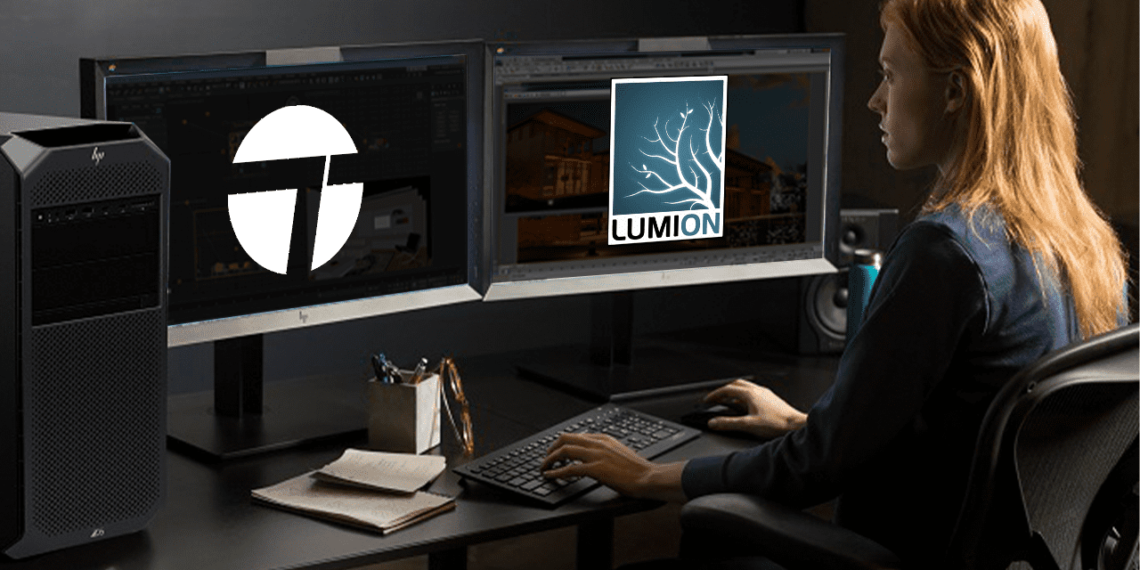





so which one is better?
Sounds like there was no conclusion here and that it’s left to the preference of the user. Cost wise Twinmotion obviously wins out, but it’s likely that there is a give and take.